So, who leads the governance process? Is it the Board? Is it the staff?
I wondered to what role does the staff or Board play in shifting a culture that is not longer useful? In fact, sometimes a management culture can be downright disruptive after an organization has reached a particular place in its life cycle.
Is it completely the Board or entirely the staff who need to make these adjustments? Where does governance fall? Who is responsible for the governance process? Who is responsible for being a change agent on the Board level?
Well, I propose that it is a combination of both. In many cases, the Board itself realizes that it needs to change how it has been operating. Other times, the Board chair comes into his or her term and wants to shift the culture of the Board. So, Board driven is an option.
Board. So, Board driven is an option.
Other times, it is the staff itself who must start this shift. How the heck does the staff even begin to change a culture on the Board. Well, I thought about it. And, I turned to the writings of Simone Joyaux, internationally known fundraising consultant. You see, many years ago, I remember reading Simone talking about the concept enabling. And, I believe this is how it all happens.
She purports that, “Enabling is one of the most critical functions within a philanthropic organization…It is the essential role of the chief executive and development officer.” Enabling is empowering others to take action.
All organizations face changing sets of circumstances. Simone notes that “Enablers know that roles may change, depending on the particular situation or its possible implications.” As organizations move from infancy to maturing, so does their Board move from management to governance.
The staff has the biggest responsibility to enable others. But, in a great many cases, don’t see or understand that. And, trouble begins. A CEO may not know why or how a Board is treating them such and throws up their hands in frustration without realizing that they can take an active part in leading their Board to greater understanding and acting. A Chief Development Officer decides to quit after the Executive Director places undue expectations on them without realizing they have a part in leading up with their manager to understand fund development.
We all know that many a development director or CEO have quit over lack of support or because of frustration in their jobs.
So, how do we get the Board to move from management to governance? Get them out of the minutia into the strategic?
So, how does staff enable the Board to understand and support a move towards governance at a higher level?
In essence, it is the CEO’s job to be a leader and as a result, they need to be an active enabler. The CEO and management team own culture. As a result, boards tend to give the issue of culture a wide berth, expecting the CEO to raise cultural issues when needed.
Well, as a CEO here are some steps that you can take:
- Helping to adjust agenda’s with the Board chair to focus on more strategic issues rather than operational.
- Managing Board meetings to keep the discussion focused on bigger picture items.
- Changing Board committee structures are moving from volunteer tasks to governance concerns.
- Provide thoughtful training and conversation on Board governance and what it is.
- Enlist the support of Board members who understand and support a change to facilitate change amongst others on the Board level.
- Assist in developing performance expectations and new job descriptions focused on Board governance.
- Initiate a Board self-assessment governance survey and discussion.
- Evaluate the composition of the Board and make recommendations to bring on Board members who will align with a new corporate culture.
- Develop shared governance language or framework to discuss culture.
CEO’s need to be strong leaders. And, the hallmark of a strong leader is the ability to enable others to take action. CEO’s need to do this with their staff and with volunteers above and below them. They can’t hold up their hands in frustration and decide that corporate culture is not theirs to influence. In fact, in many cases, they are the only ones who can make those changes.
This need becomes an especially critical as the organization moves from infancy to maturity, and beyond in its life cycle. You need to have strong leadership who can navigate these tumultuous changes and foster a shared vision of the future; changing culture in an organization whether at the Board or staff level or even both is an action of a leader.
When seeking leadership, in particular for a growing organization, be sure that you identify at what stage your organization is in, what your particular organizational needs are, and the type of leader who can help you manage and transition the organization to its future.

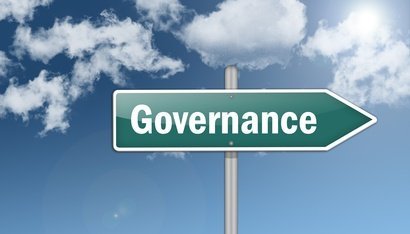
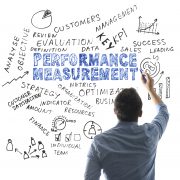





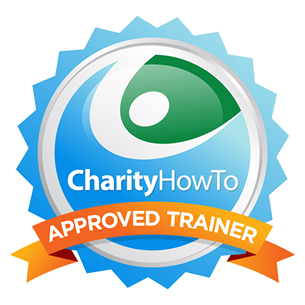
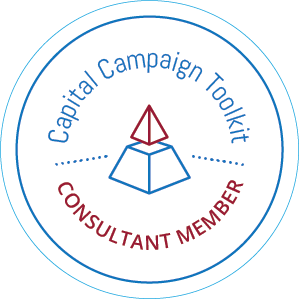
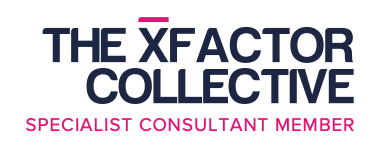
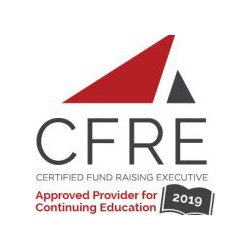
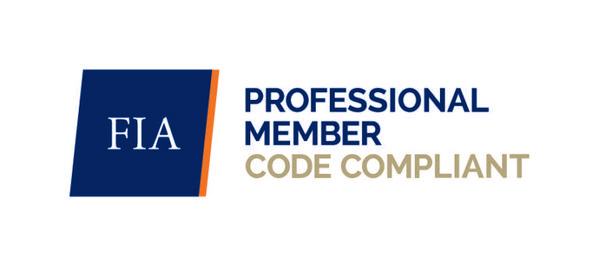


Leave a Reply
Want to join the discussion?Feel free to contribute!